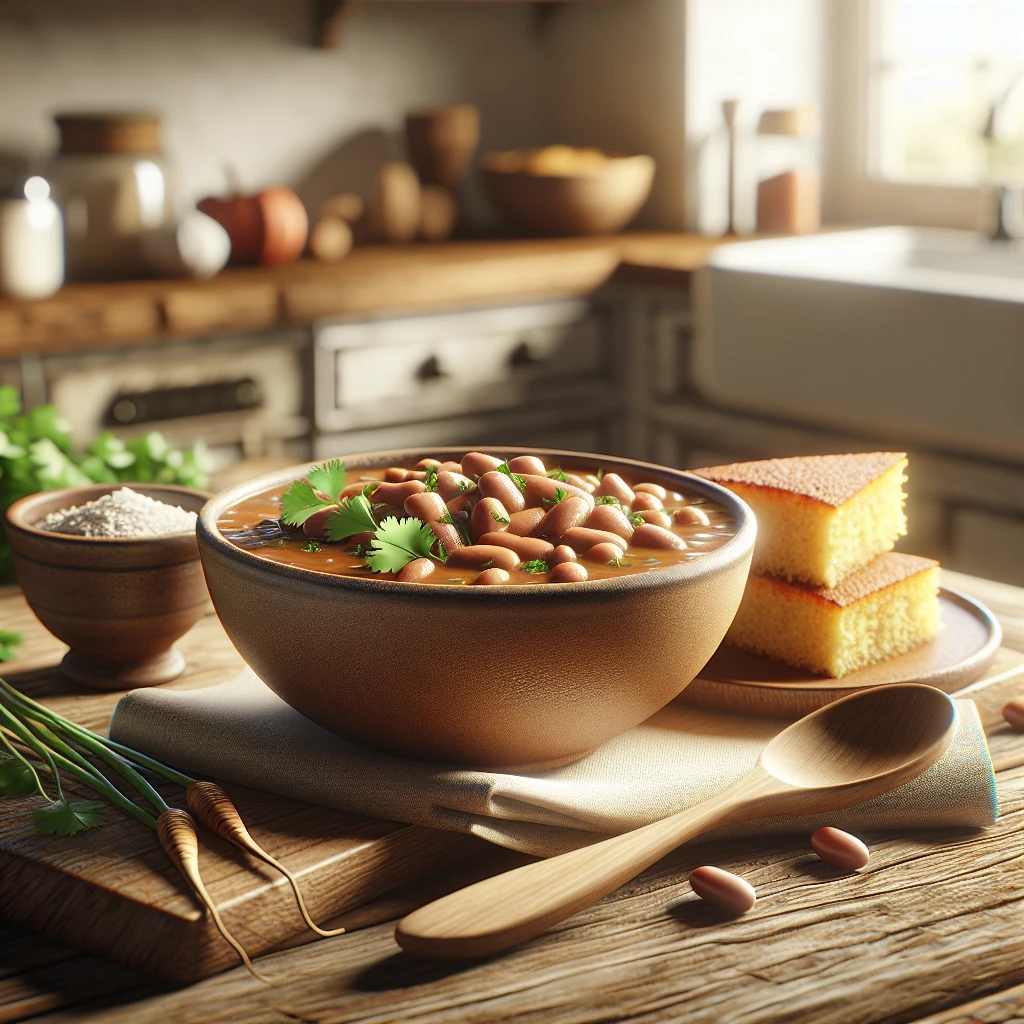
Pinto beans are a staple in many kitchens, and for good reason. This Hearty Homestyle Pinto Beans recipe brings warmth and simplicity to your table with just a few basic ingredients. Perfect for a cozy dinner or a satisfying side dish, this recipe is all about letting the beans shine.
Pinto beans are the star of this dish, offering a creamy texture and mild flavor. The water hydrates and cooks the beans to perfection. Onion and garlic add aromatic depth, while salt and black pepper enhance the natural flavors. A touch of cumin brings a warm, earthy note, and a bay leaf adds subtle complexity. Cayenne pepper provides a hint of heat, and olive oil lends a smooth finish.
Pinto beans are versatile, making them perfect for a variety of dishes. Serve them alongside rice or cornbread for a classic combination. They also make a great filling for tacos or burritos. For a hearty meal, pair them with roasted vegetables or a simple green salad.
Start by rinsing and sorting your pinto beans. This step is essential to remove any debris or damaged beans that might have snuck in. Once they’re all sorted and clean, toss them into your slow cooker.
Add in the water, which will help the beans cook evenly and absorb all the delicious flavors. Follow with the onion and garlic. These aromatic ingredients will infuse the beans with a savory base, making the final dish wonderfully fragrant.
Season everything with salt, black pepper, and cumin. These spices are simple but effective, bringing out the best in the beans without overpowering them. Add the bay leaf for an extra layer of flavor that’s almost like a secret ingredient.
If you like a bit of heat, sprinkle in the cayenne pepper. Adjust the amount based on your personal preference for spice. Finally, drizzle olive oil over the top. This will help the seasonings adhere and give the beans a nice, rich finish.
Cover your slow cooker and set it to low for 8-9 hours or high for 4-5 hours. You’ll know they’re done when the beans are tender and flavorful. Before serving, don’t forget to remove the bay leaf—it’s done its job and doesn’t need to be eaten.